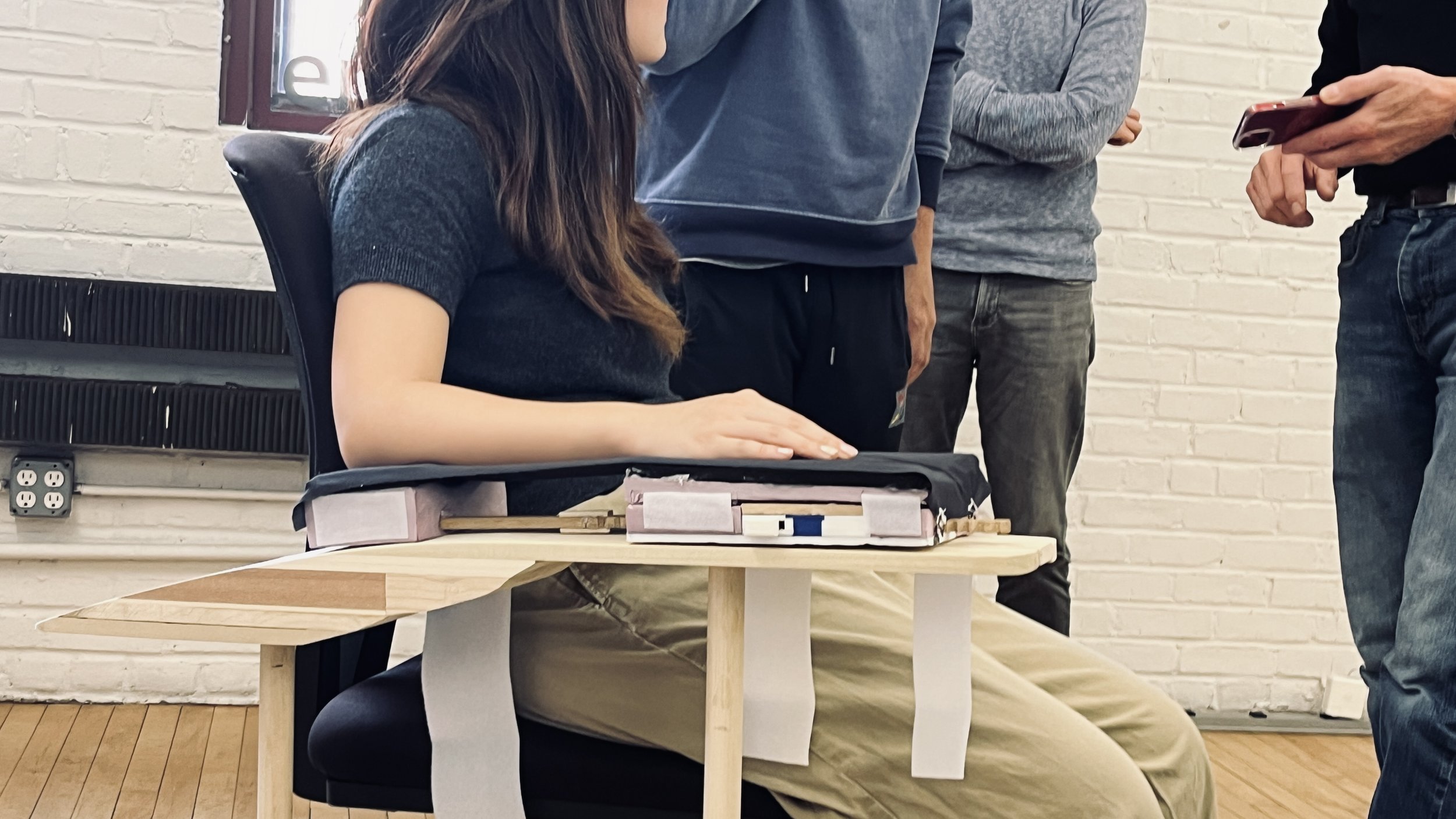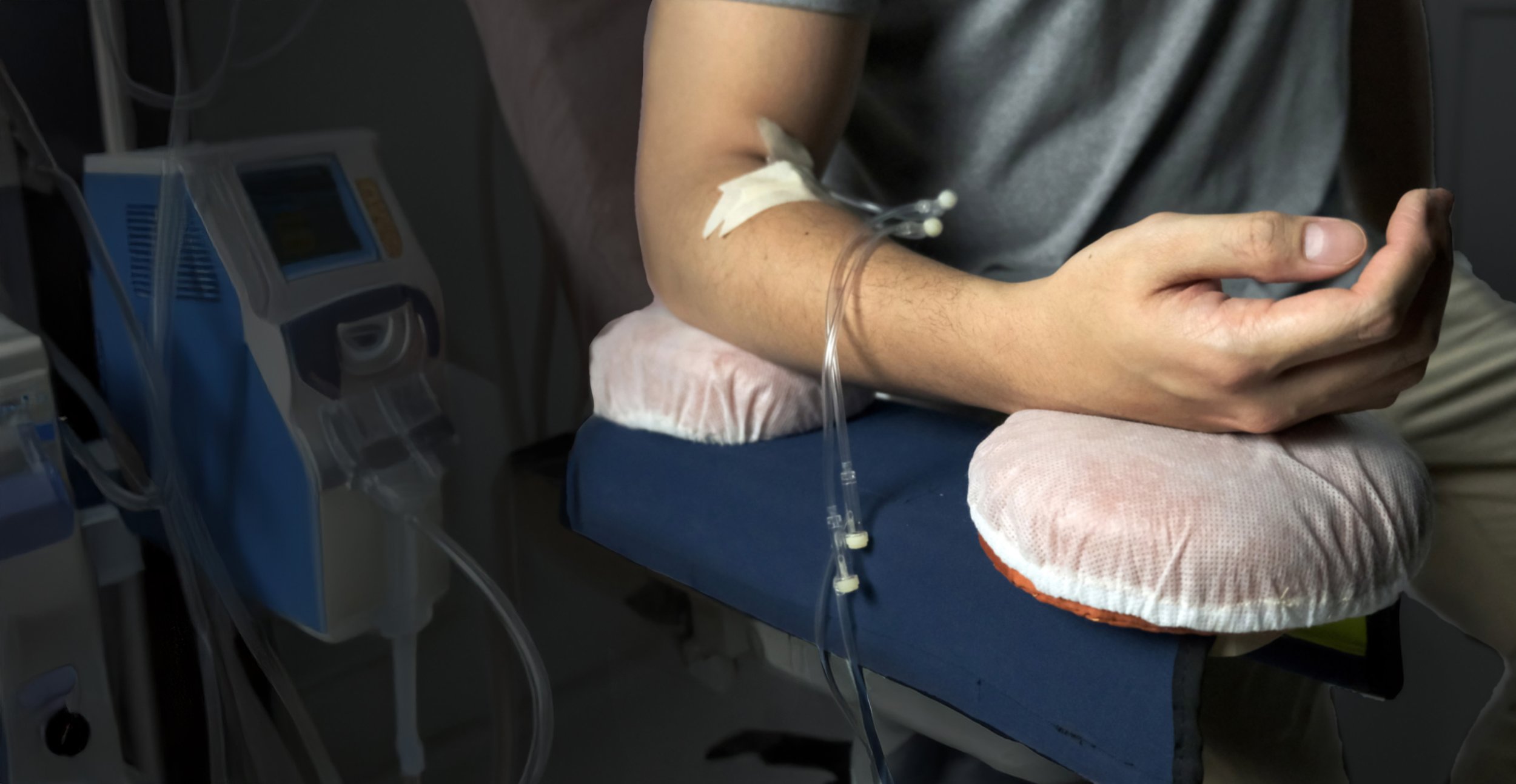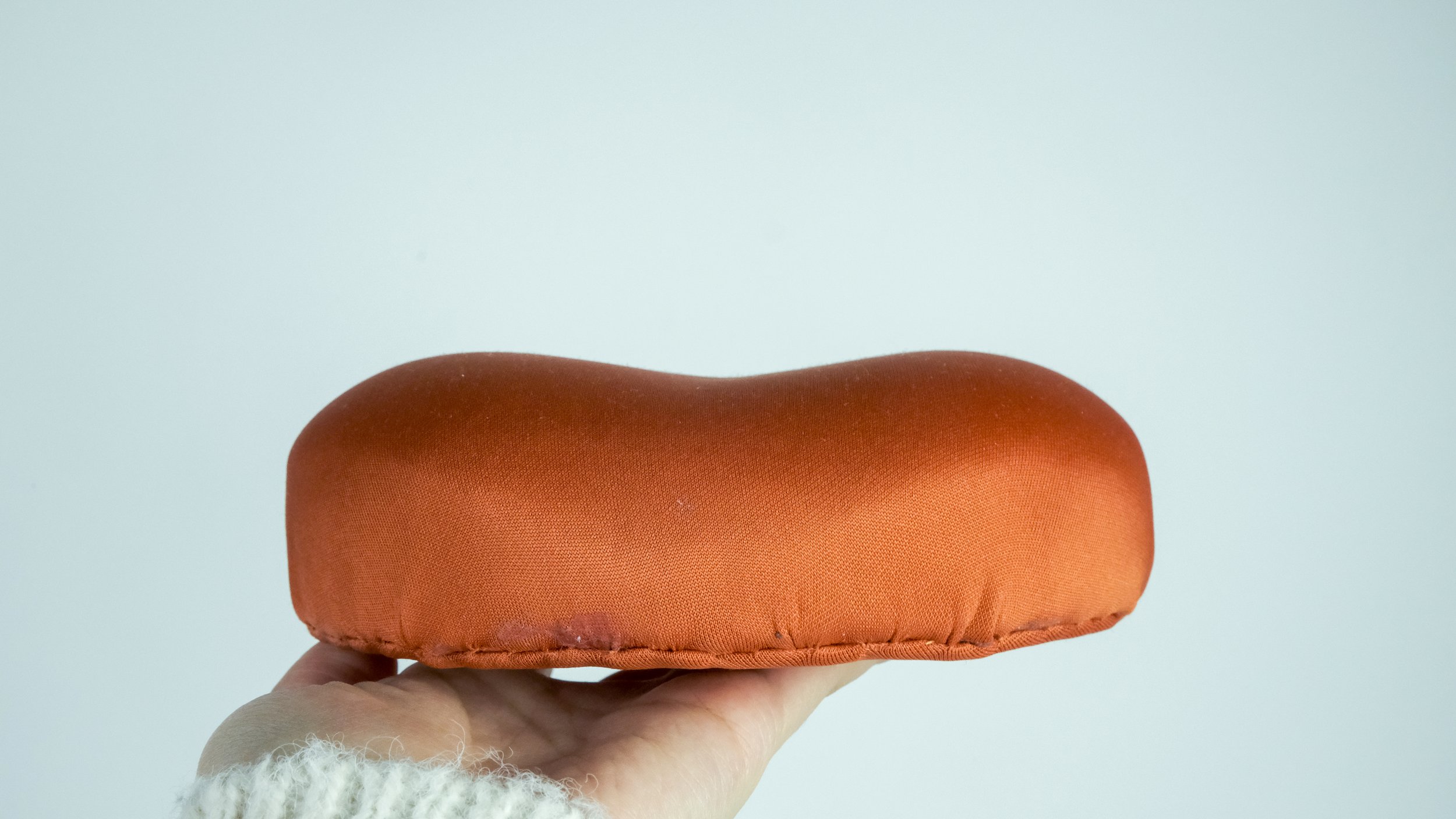
The Quiet Revolution in dialysis comfort
Field: Product Design / Medical Design
Duration: 4 Months Year: 2023
Software Used
ComfortFlow revolutionizes dialysis armrests by eliminating direct contact between the elbow and wrist, reducing nerve compression and discomfort. Adjustable magnetic pads provide customized support for varying arm lengths, while ergonomic padding adapts to different positions and vascular access needs. Designed for comfort, stability, and accessibility, ComfortFlow ensures a stress-free dialysis experience.
Adaptable comfort
Fully adjustable magnetic pads adapt to various forearm lengths, ensuring personalized comfort and stability for every patient during treatment.
Targeted pressure relief
Ergonomic design reduces pressure on the olecranon and carpal bones, alleviating discomfort and minimizing the risk of nerve compression or bruising.
“Floating” Forearm design
An innovative levitation feature lifts the forearm off the armrest, reducing bruising and improving airflow while allowing clear access for tubing and needle insertion.
How to use
1
Place anti-slip mat on the armrest
2
3
Attach both pads magnetically to the mat
Adjust pads to your forearm and hand positions accordingly
Background
Over 2 million people worldwide currently receive treatment with dialysis or a kidney transplant to stay alive, yet this number may only represent 10% of people who actually need treatment to live.
In the United States, nearly 786,000 people are living with end-stage kidney disease (ESKD), with 71% on dialysis and 29% with a kidney transplant.
Hemodialysis accounted for 89% of all dialysis.
Hemodialysis
Types of vascular access
Arteriovenous (AV) fistula and AV grafts are considered the preferred forms of vascular access due to their lower complication rates
Hemodialysis is a treatment that removes waste, toxins, and excess water from the blood in patients with kidney failure. By filtering the blood through a dialysis machine, it mimics the kidney’s natural function, helping to maintain balance and prevent complications from toxin buildup and fluid overload.
Problem
Patients undergoing hemodialysis treatment often experience discomfort and inadequate support on the vascular access arm during 4-hour treatment session due to the lack of ergonomic design in the armrest of dialysis chair. The increasing discomfort, pain, and potential complications compromise not only the well-being and experience of individuals, but also potentially impact the effectiveness of treatment.
Precedents
Pros:
Foam or padded armboard to alleviate stress
Easy setup
Cons:
Lack of ergonomics
Fixation compromises comfort
Lack of support
Poor balance between freedom and restraint on upper limb
Bulky
Adjustable Armrest for stretcher chair
Features:
Padded Adjustable Armboard
Easy clip-on
Price: ??
AliMed® Dialysis Arm Positioner
Features:
Soft, vinyl-coated polyfoam
Loop for security
Price: $450
Patients Interview
Sarah
Brooklyn Dialysis Center
52 year-old / Gender: Female
Sometimes, during extended sessions, the armrests can start feeling too firm, and that’s when the discomfort begins.
James
Brooklyn Dialysis Center
54 year-old / Gender: Male
Sam
Williamsburg Dialysis Center
65 year-old / Gender: Female
The armrests can be a bit hard, especially as the session progresses. It’s worse when I’m reading or trying to work on something during treatment.
To be honest, I don’t pay much attention to the armrests during my sessions. I’m more focused on the treatment itself and bringing something to read or pass the time.
Expertise Consultation
Dr. Yao-Tung Kan
My grandma’s Nephrologist at Taiwan Adventist Hospital
Specialty
Renal dysfunction
Proteinuria
Urinary tract infection hematuria
Nephrology
“Patients’ comfort on vascular access arm is extremely important to ensure treatment goes smooth as any stoppage may cause someone’s death.”
“While performing hemodialysis on a dialysis chair is mostly common in the states, patients with hypertension or other diseases need to undergo treatment while lying down to control blood pressure”
Design Objective
Alleviate pressure on major contact points
Reduce bruising and swelling on forearm
Improve tubing channeling
Discovery & Ergonomic Analysis
Arm Posture
Neutral
Palm-up
Palm-down
These two joints (highlighted in red) endure the highest pressure when pressed against the armrest.
Early Development
Testing a range of arm lengths across genders and analyzing natural hand positioning and how patients rest their hands without guidance.








Refinement
Changing from mechanical attachment of pads to magnetic to minimize bacteria contaminations and allow easier sterilization process
Taking computer mouse as analogy to study hand ergonomic
Hand pad with different approach of ergonomic and shapes

Material







































